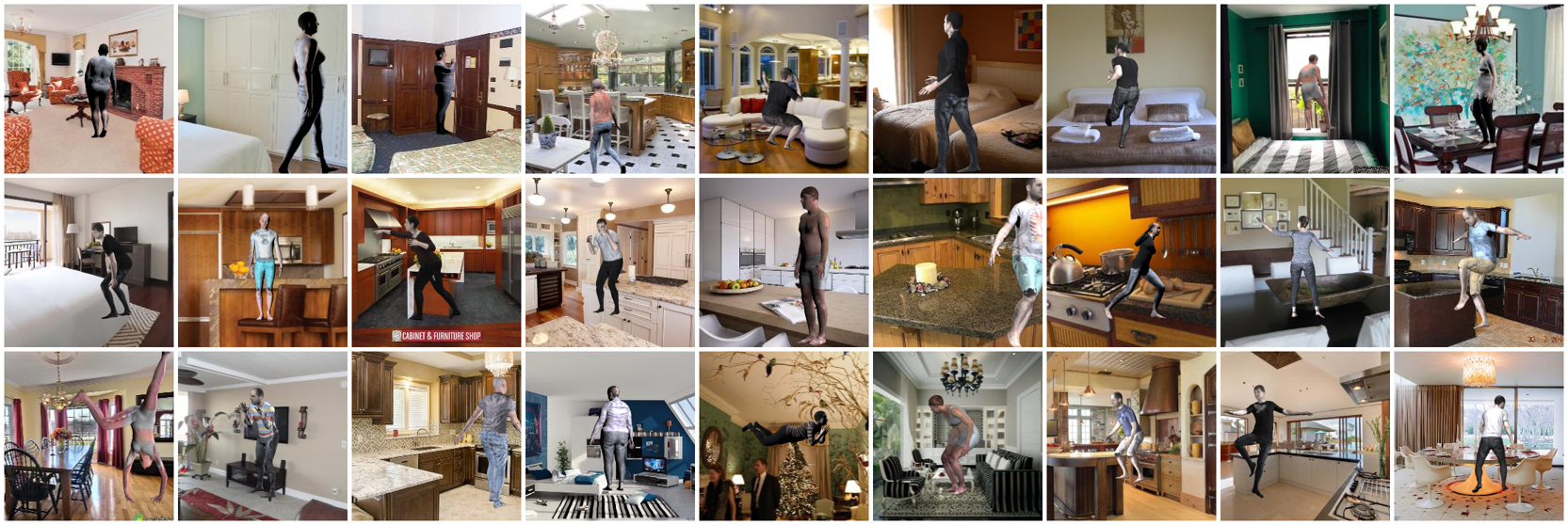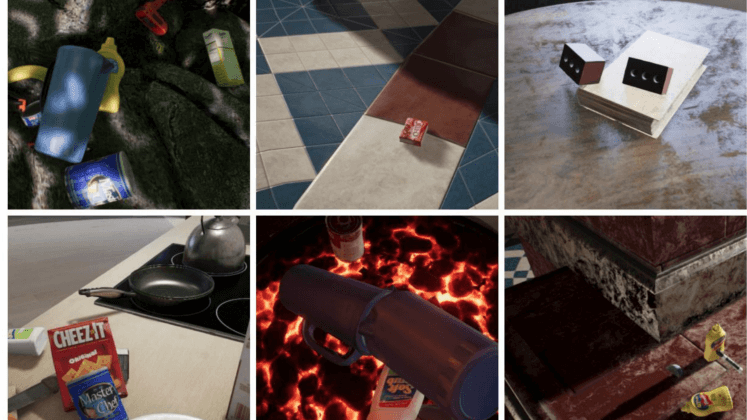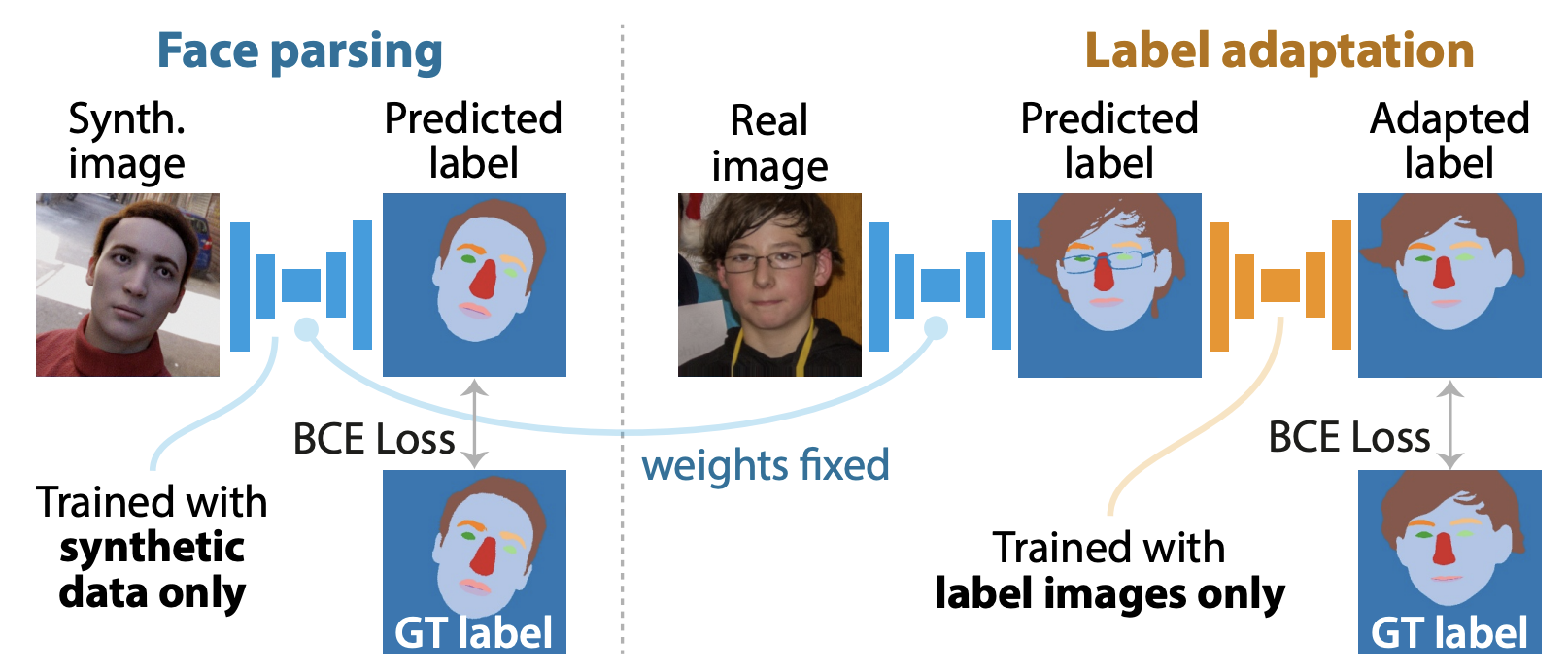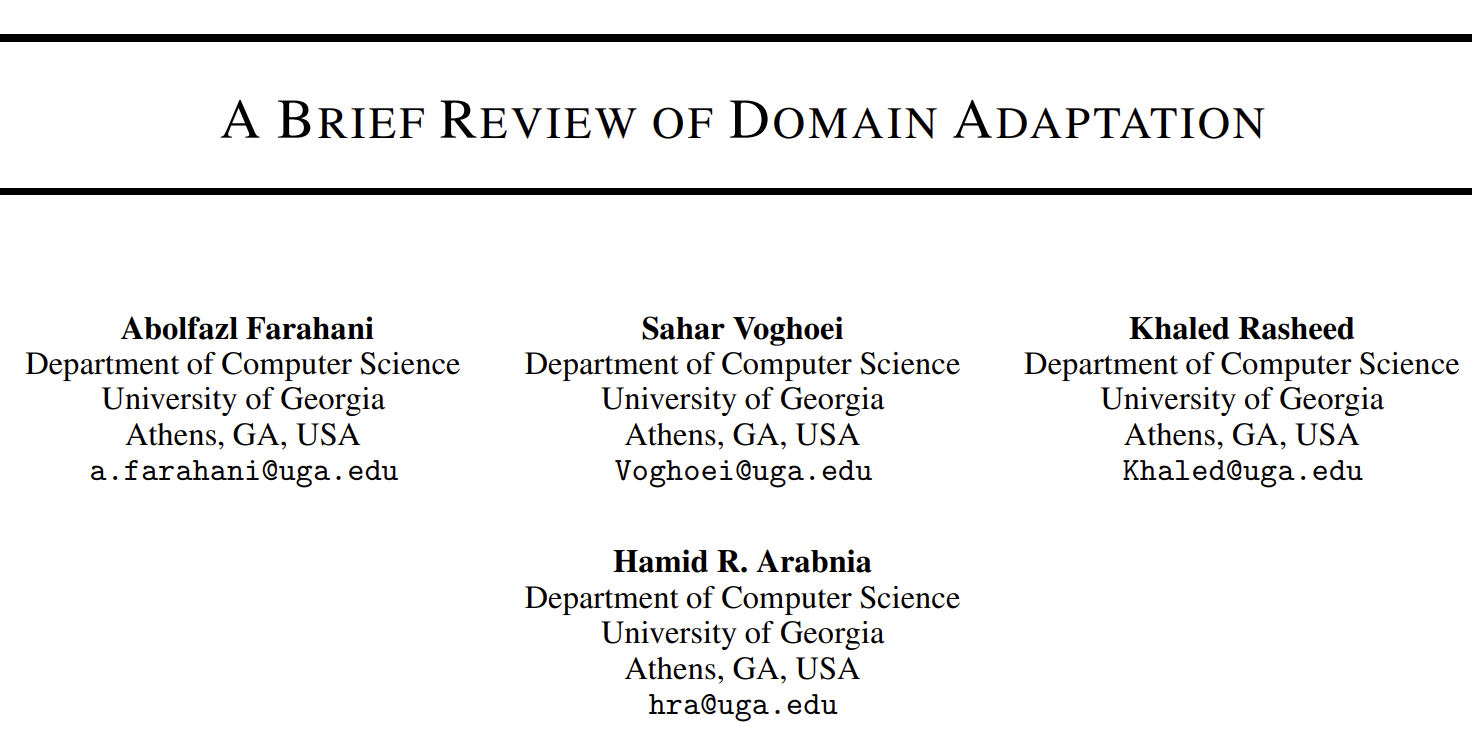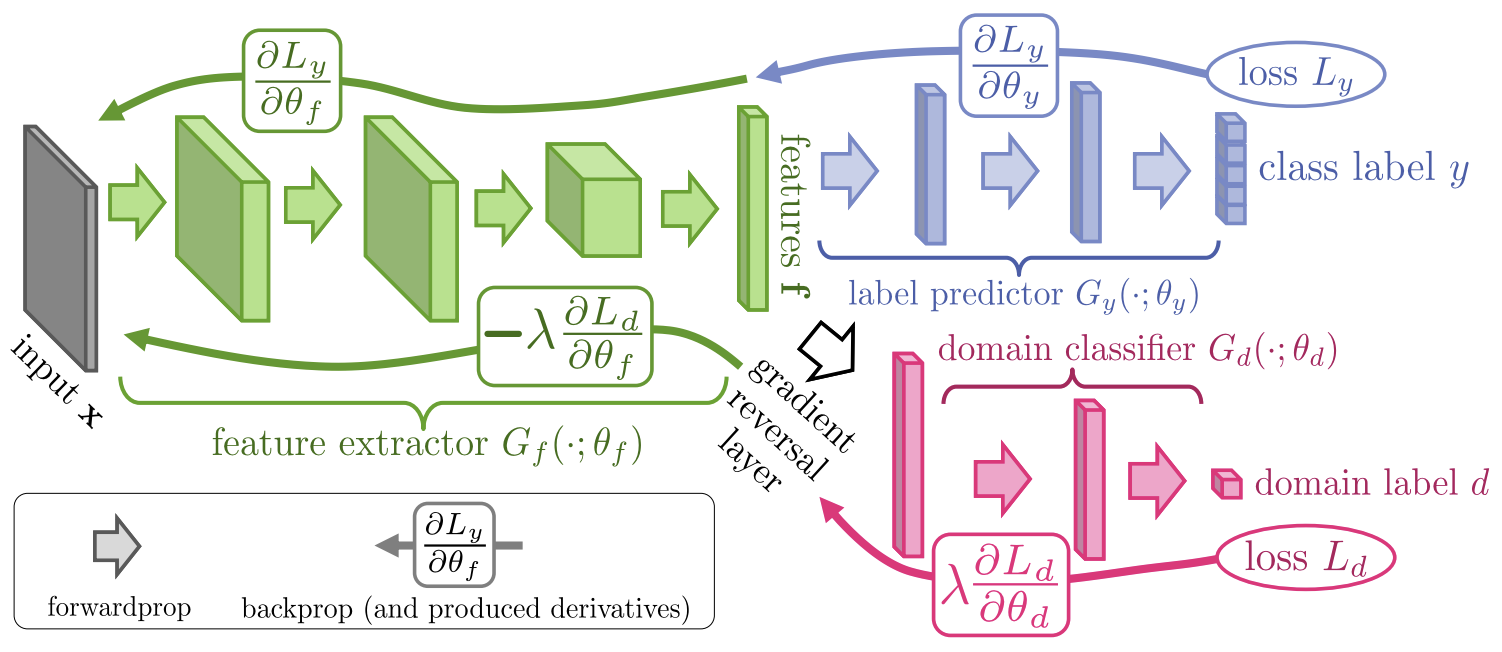We present a new dataset, called Falling Things (FAT), for advancing the state-of-the-art in object detection and 3D pose estimation in the context of robotics. By synthetically combining object models and backgrounds of complex composition and high graphical quality, we are able to generate photorealistic images with accurate 3D pose annotations for all objects in all images. Our dataset contains 60k annotated photos of 21 household objects taken from the YCB dataset. For each image, we provide the 3D poses, per-pixel class segmentation, and 2D/3D bounding box coordinates for all objects. To facilitate testing different input modalities, we provide mono and stereo RGB images, along with registered dense depth images. We describe in detail the generation process and statistical analysis of the data.Read more

